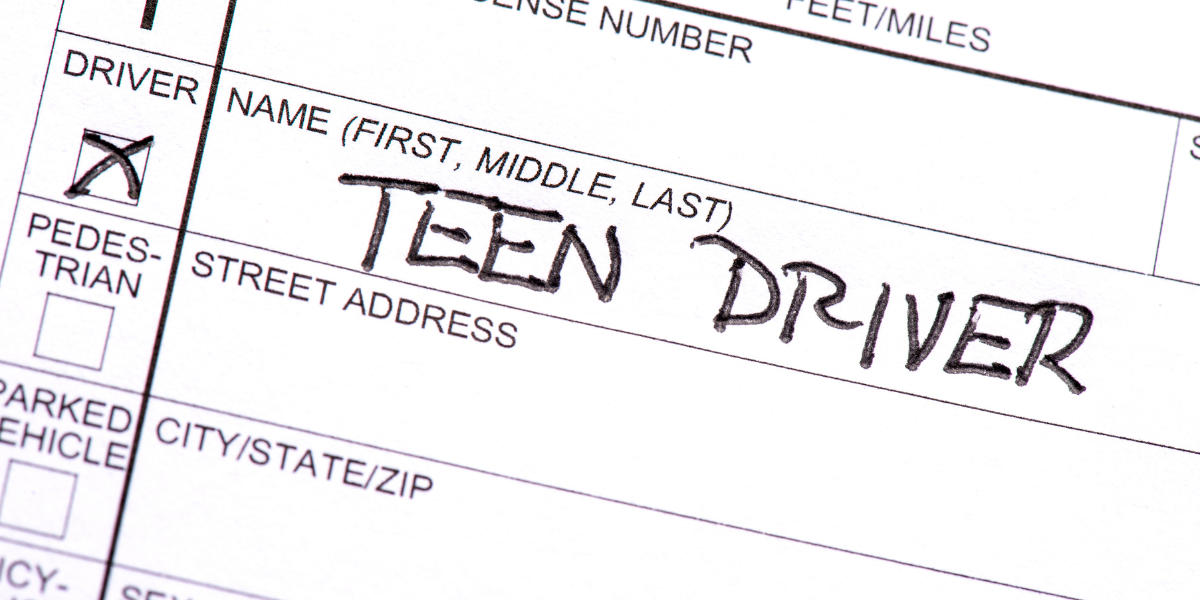Graduated Driver Licensing | Guiding Teens Towards Safe Driving
Many teenagers view obtaining a driver’s license as a crucial step toward independence and adulthood. However, the excitement of reaching this milestone often masks the harsh realities of teen driving. The Centers for Disease Control and Prevention (CDC) provide statistics showing that teen drivers have a higher rate of fatal crashes than adult drivers. Experts largely attribute this increased risk to teens’ relative immaturity, inadequate driving skills, and limited road experience. In response to these challenges, all 50 states and the District of Columbia have rolled out a three-stage Graduated Driver Licensing (GDL) system. This system aims to lessen high-risk driving situations for new drivers and significantly cut down on crash risks.

The Three Stages of GDL: A Pathway to Safer Driving

Graduated Driver Licensing | Guiding Teens Towards Safe Driving
As a parent, your support is crucial as your teen navigates through the stages of Graduated Driver Licensing (GDL). Moreover, by extending your efforts beyond the basic requirements of state laws, you significantly bolster your teen’s safety on the road. Firstly, by cultivating an environment of open communication regarding the responsibilities and risks associated with driving, you lay a solid foundation. Furthermore, consistently demonstrating safe driving behavior yourself acts as a powerful teaching tool, reinforcing the importance of caution and care on the road. Additionally, establishing and maintaining clear expectations provides your teen with a concrete understanding of what is required for safe driving.
Your proactive involvement in your teen’s driving education, coupled with a steadfast commitment to the principles of GDL, not only safeguards their path to independence but also makes it a profoundly rewarding experience. Through this comprehensive approach, you ensure that your teen’s transition into driving is both secure and successful, setting them up for a lifetime of safe driving habits.
Drive with Confidence!
Keep up with all the latest driving news. Expolre our blog packed with essential tips and expert advice on all things related to DRIVING!




